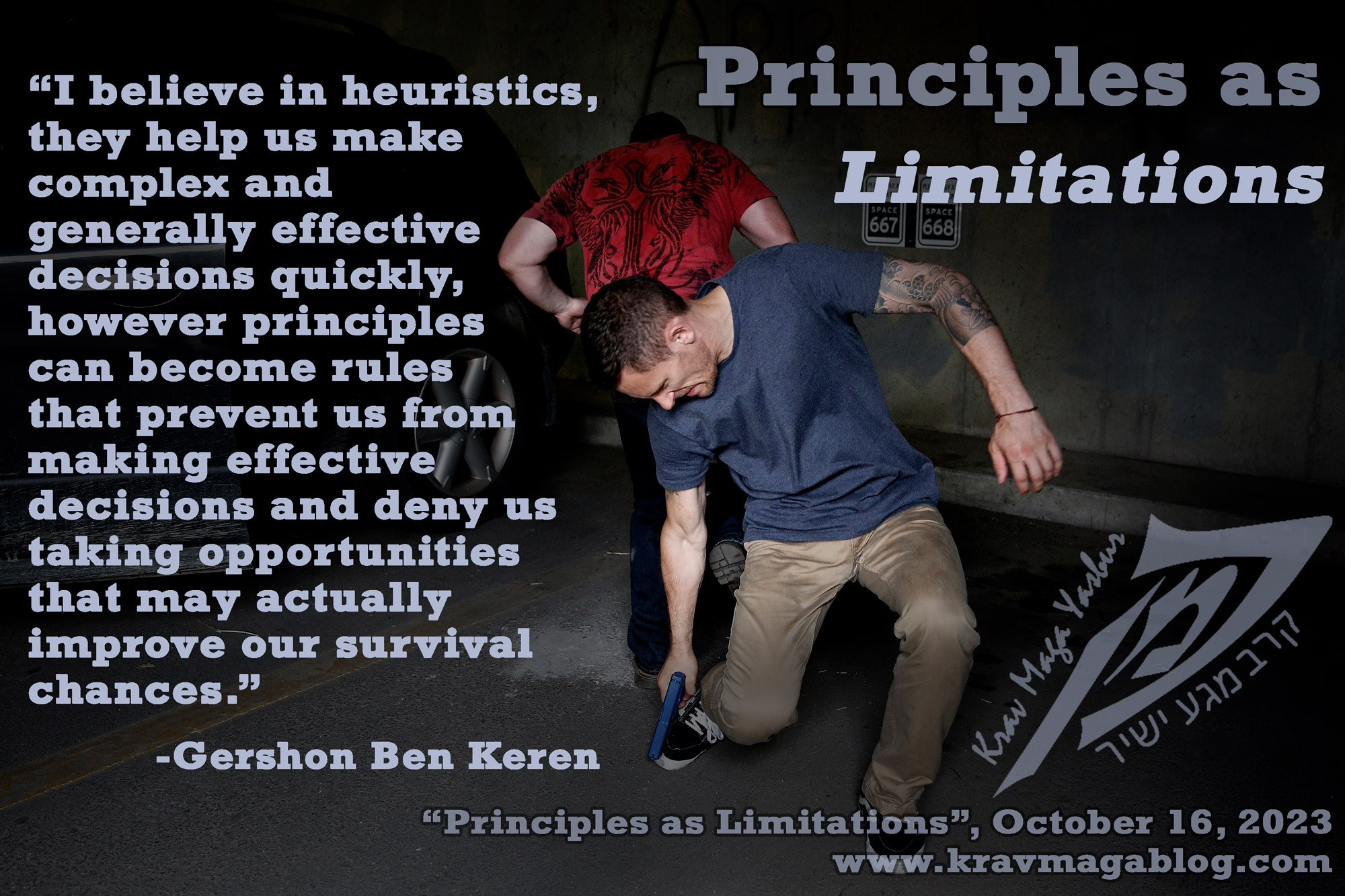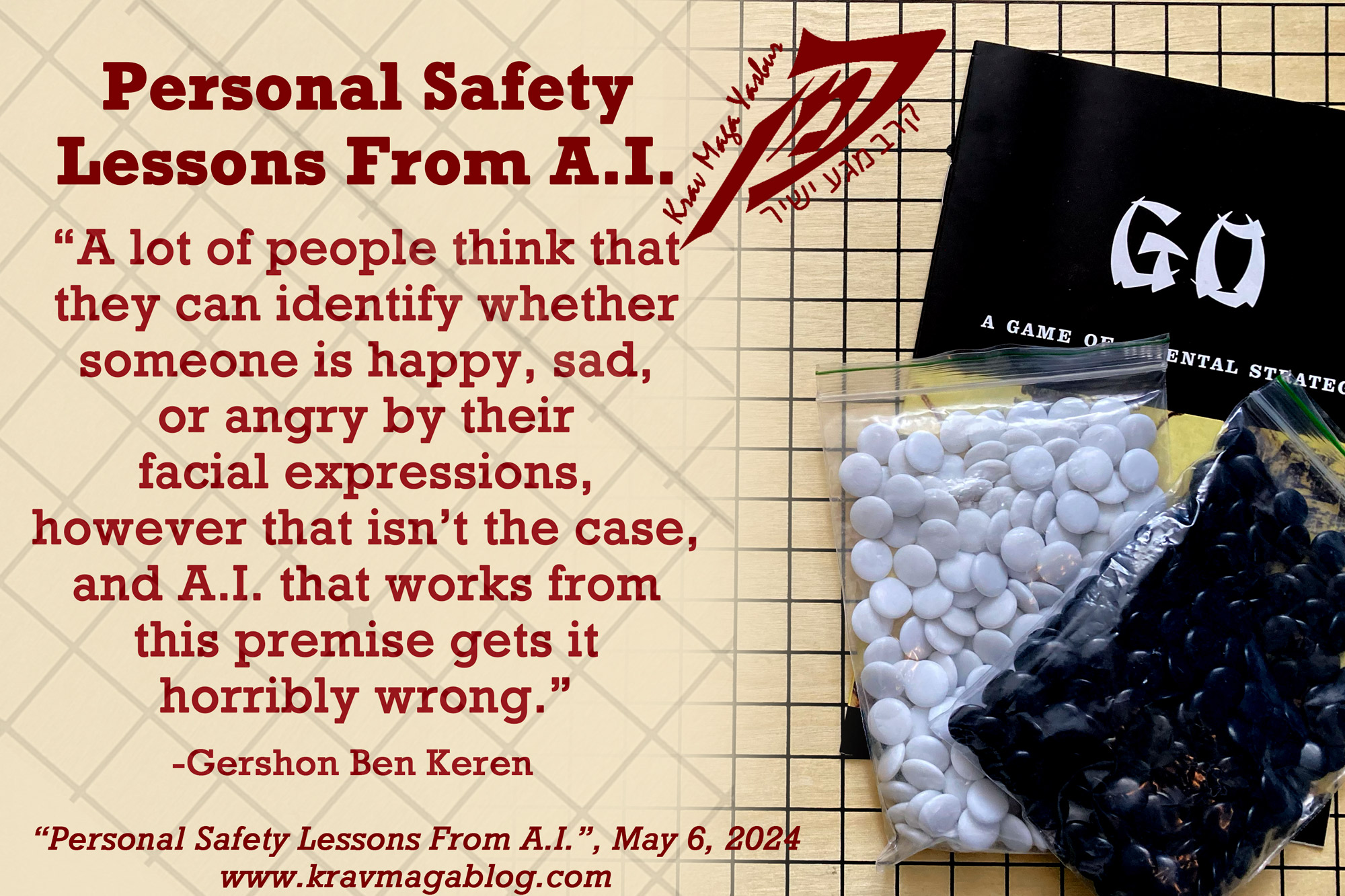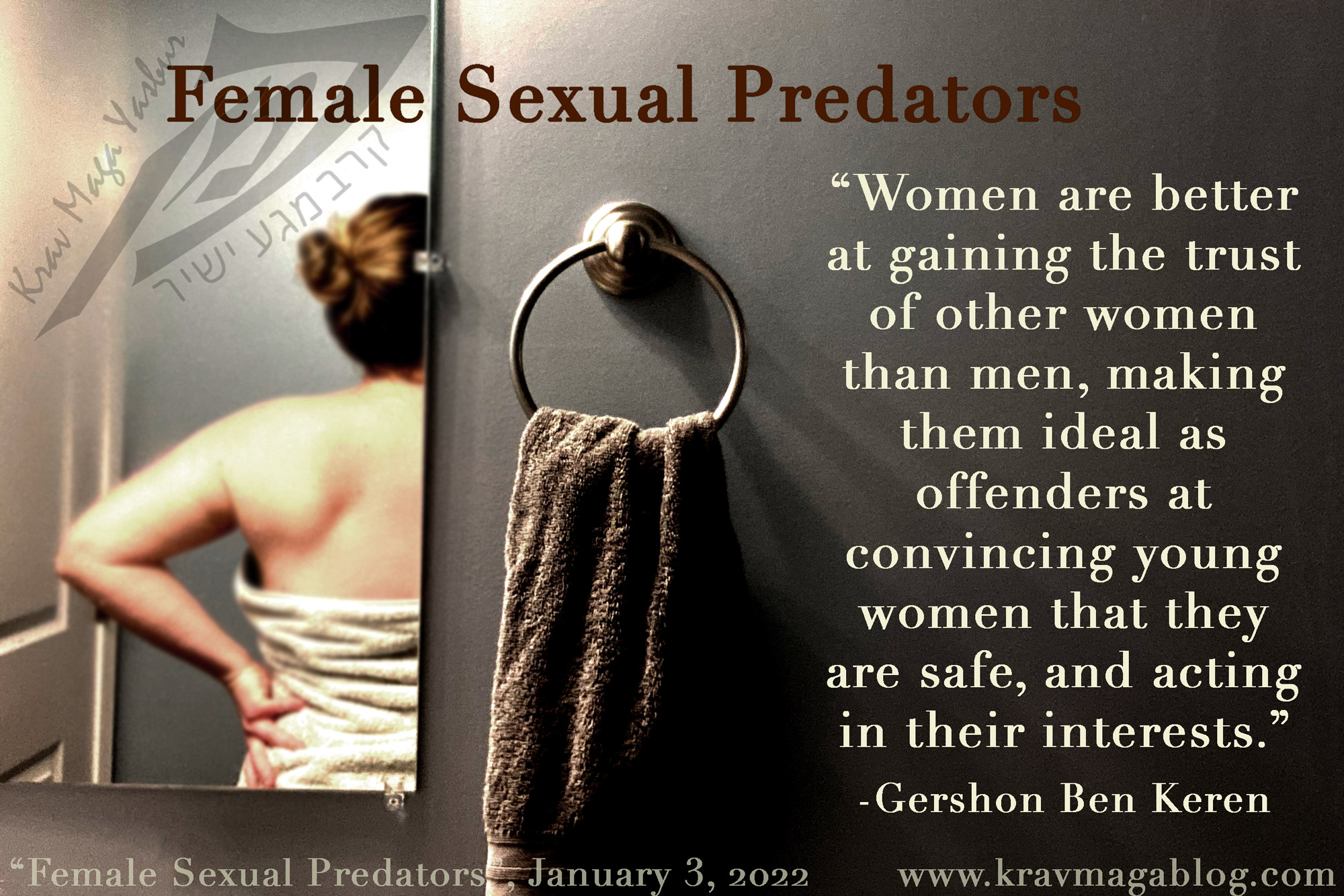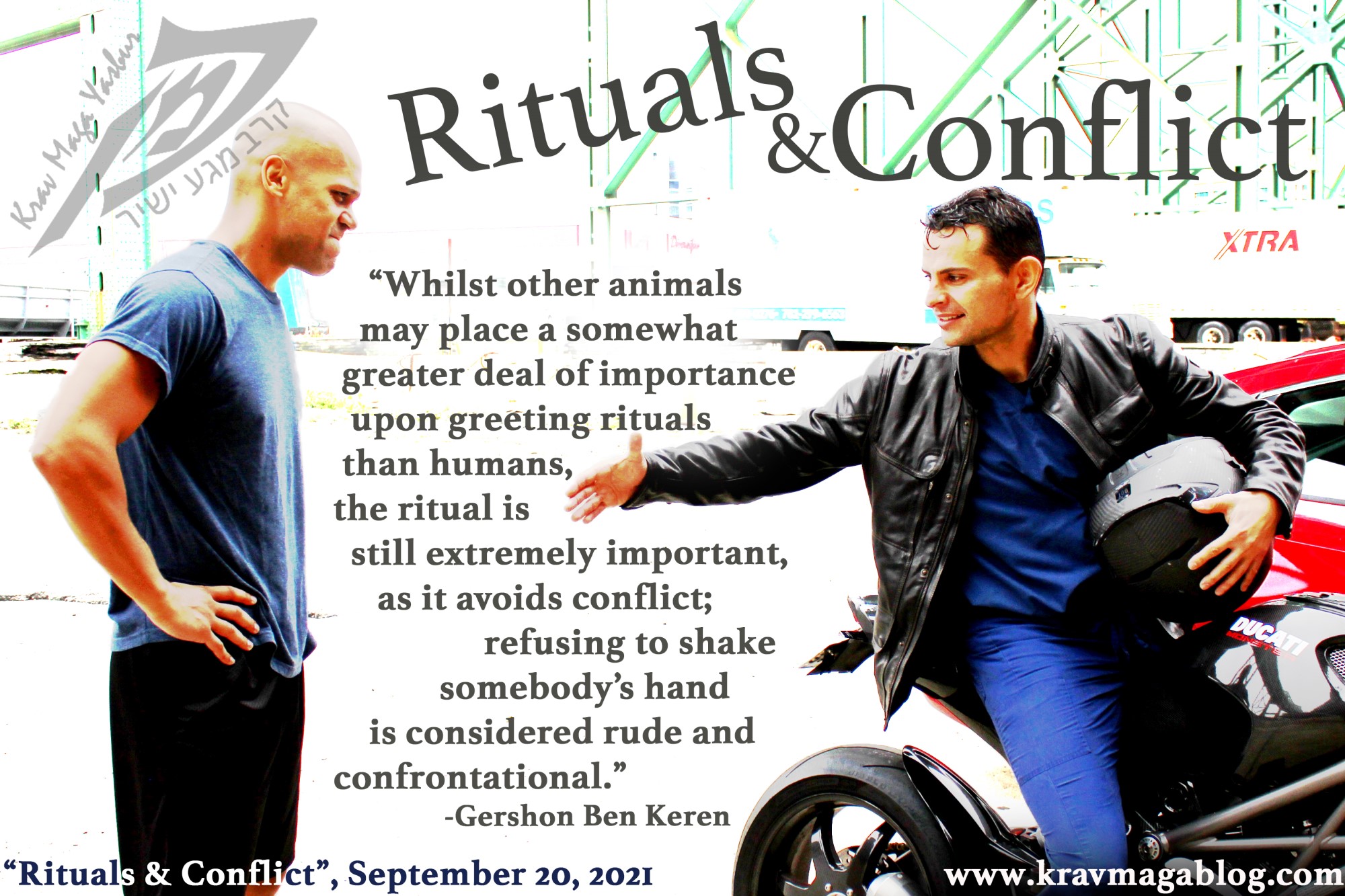Rituals & Conflicts, is an article written by Gershon Ben Keren, a 5th Degree Black Belt in Krav Maga, who teaches Krav Maga in Boston, MA. He has also authored three Amazon best-Selling Books on Krav Maga.
When two elephants meet, at the end of their greeting ritual they defecate. Giraffes when meeting wrap their necks around each other, whilst highly social African Wild Dogs have a complex and involved greeting ceremony, which involves running, licking each other’s lips, and sticking their noses into the corners of each other’s mouth. Humans also have greeting rituals, but they aren’t as standard or universal, as those found in other mammals and hominid species e.g., in some cultures the greeting ritual involves shaking hands, in others rubbing noses, and in others touching feet (Charanasparsha) etc. Humans innately recognize the importance of having a greeting ritual, but we simply don’t have a biologically in-built form like other mammals. We have adapted our greeting rituals based on societal factors e.g., the formal handshake used in England is as culturally reflective as the hugging and kissing used by Italians when they meet. We have also seen during the COVID-19 pandemic, other forms of greeting becoming more universal, such as replacing handshakes with fist bumps, and elbow touching etc. Whilst other animals may place a somewhat greater deal of importance upon greeting rituals as humans, the ritual is still extremely important, as it avoids conflict; refusing to shake somebody’s hand is considered rude and confrontational. Whilst rituals may be used as tools to identify group members (certain street gangs have complicated handshake rituals that only members know) and demonstrate a commitment to the shared values of the group, increasing the cohesion of the group etc. all of these things share one common goal and that is to avoid confrontation, establishing order in the group and/or between two parties. Unfortunately, there has been little psychologically based research on human rituals due to the disciplines of anthropology and psychology being historically extremely separate from each other. In this article I want to take a deeper look at the danger of believing that our rituals around violence and aggression are universal across all groups and cultures, and are set in stone biologically/psychologically, and are in fact - like our greeting rituals - somewhat socially diverse.
Over the years I’ve swung from seeing humans as very complex creatures, to very simple ones e.g., self-aware animals etc., though I’ve gradually been inching towards the conclusion that the human mind is in fact extremely complex, and plastic e.g., for a long time fight or flight was seen as a universal fear response however on the island of Bali, in Indonesia, people over many generations have been taught to go to sleep when they feel afraid, and now getting tired when afraid has become a response to dangers and threats etc. To get a better understanding of this, we need to separate the physical brain from the mind that it creates and houses. In many ways our physical brain resembles that of other mammals e.g., all mammals have a cortex, ours is just much larger than many others – and in one sense the size of the cortex doesn’t matter when it comes to rationality and creativity as Elephants’ brains (including the cortex) are much larger than ours. What is unique is the human mind, that the brain creates/develops, that allows us to perform tasks that other animals can’t e.g., monkeys are unable to recognize themselves in a mirror, as they lack the sense of awareness that our mind enables us to have etc. Somewhere in our evolution our greeting – and other - rituals became socially constructed things, as we had the mind that allowed us to change them from one thing to another, something that was lacking in the minds of other species. This also applies to our rituals around fighting and violence, which reflects the societies and cultures that we grew up in.
I have watched people who have never had to deal with violence before completely miss the warning signs and/or be in complete denial when dealing with an aggressive individual; suggesting that our ability to recognize, understand and respond to aggression is not innate. Posturing before a fight can also differ in the forms it takes e.g., in Scotland it usually involves taking your top off and shouting at the other person “tops off!” – it’s a ritual that isn’t universal across all cultures. The part that is largely universal in these types of encounters is the need to posture, or act submissively, to the other party in some form or another, with the goal of intimidation, or demonstrating subservience within the bounds of the conflict. This is where we are still social mammals. However, where our posturing and submissive actions fall down within this pre-fight ritual, is that they’re not always able to recognize each other, as is the case with other mammals e.g., a wolf knows when it sees another lying on its back with its throat exposed, to lay off, when aggressive/posturing humans see another cowering there is no automatic end to the conflict. In some cultures, there can be an appeal to an external, and formalized ritual in order to avoid conflict e.g., the Bedouin Arabs of the Negev have an ordeal by fire (Bisha) that a person can voluntarily agree to if the conflict/confrontation is based on the other party’s belief that they are lying, which involves inspecting the wound on the tongue after it has licked a hot spoon/ladle three times etc. The fact that we have created such “formalized” rituals to avoid physical conflict, suggest that we humans have no innate psychological/biological ones.
We share a lot with other social mammals e.g., we have greeting rituals, parting rituals (waving a hand when saying goodbye), and grieving rituals (humans aren’t the only species that mourn the loss of a friend or member of a social group etc.). However, the form that these human rituals take differs between cultural groups. Where we are extremely deficient in our rituals is around violence avoidance, and there may be several reasons for this. Lorenz puts it down to us missing out the development of such rituals, that are prevalent amongst other species, because at the time the mind was developing into what we recognize as the human mind, we lacked the physical capabilities to cause each other serious harm. Whatever the reason, we should understand that there is no universal form that the “Monkey Dance” between two aggressors takes, and that we must be aware of the forms that it does within the groups that we interact with.
0 COMMENTS















